So you’ve hired a superstar. Now what?
“You don’t need to be able to perform every job, put the lighting there to achieve that lighting effect, or whatever. You just need to be able to articulate your vision. Hire the best team and explain your vision to them, and they will build it.’ – Quentin Tarantino
When we talk about talent we usually think of visionary directors, or the best actors, presenters, and influencers. But securing the best talent can make a massive difference to every part of your workforce.
Media and entertainment companies seeking to achieve sustainable growth and reach their financial goals have the best chance of doing so by sourcing a diverse team of talented individuals. So far, so obvious.
But hiring great talent isn’t enough.
More often than not, talent is expected to ‘hit the ground running’ with little or no time dedicated to training and development. Whilst this has become the ‘norm’ in many businesses, it’s an awful way to operate.
If you don’t have a clear strategy to retain and develop your most talented individuals, then you run the risk of losing upcoming superstars to companies that do… and you can also lose those irreplaceable long-serving ‘stewards’ who hold valuable knowledge, relationships and ways of working that can only be gathered over time.
We believe that a talent strategy is as vital to a business’ success as a marketing strategy – and just as costly if you get it wrong.
The employee value proposition
A good talent strategy forges a real connection between a company's public image as an employer and its internal reality. It means that employees know that promises made will be promises kept, nurturing an environment of trust and transparency. And when employees are clear about what is expected of them in terms of performance, development, growth, and success, they are more inclined to trust your company and, therefore, more likely to stay and do their best work.
We call this the ‘employee value proposition’.
In an industry where talent is both the capital and the very heartbeat of the business, the establishment of a comprehensive talent strategy is not a ‘nice to have’. It’s vital. Those companies that recognise the value of a well-crafted talent strategy that encompasses recruitment, development, and retention are poised to flourish, setting themselves apart as champions in a fiercely competitive arena. And it matters when it comes to diversity, too.
The creative industries are failing way behind when it comes to diversity. According to the UK Government All-Party Parliamentary Group for Creative Diversity, four groups of people are significantly underrepresented: women, people of colour, people living with disabilities and people from working class backgrounds. In some cases shockingly so: 80% of consumer spending is influenced by women, but only 3% of creative directors are women.
But diversity matters. A study by Forbes (2023) revealed that diverse teams deliver 60% better results and make better decisions in 87% of cases.
The companies that will embrace diversity – not just as a distant ‘hope’ but with a talent strategy that focuses on recruiting, developing and retaining diverse talent – will build a strong, unshakeable employee value proposition.
If you need support developing an authentic talent strategy – or need recruitment services that are equipped with the skills to carry out equitable hiring processes that deliver your talent strategy – then come talk to us.
Thrive are talent specialists with 20+ years in the media and entertainment industry supporting businesses with talent strategy and talent search and recruitment of creative, commercial and operational roles. Get in touch to see how our team of experts can help you develop your talent strategy and your employee value proposition. hello@th-v.com
